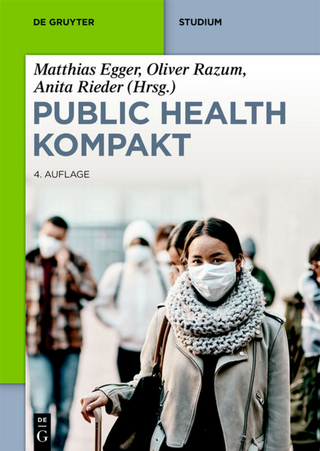
Cancer Research Campaign Atlas of Cancer Incidence in England and Wales, 1968-85
Based on Data from the Cancer Registries of England and Wales, with the Cooperation of the Office of Population Censuses and Surveys
Seiten
1992
Oxford University Press (Verlag)
978-0-19-261993-8 (ISBN)
Oxford University Press (Verlag)
978-0-19-261993-8 (ISBN)
- Titel ist leider vergriffen;
keine Neuauflage - Artikel merken
This atlas shows the distribution of many cancers in England and Wales based on over 3 million cases occurring during 1968-85.
This atlas of cancer incidence in England and Wales shows the distribution of many different types of cancer in the country, based on over 3 million malignancies occurring during 1968-85. Tables of the data are also presented, to allow readers to conduct their own analyses based upon them. Cancer risks are presented in relation to degree of urbanization, and the separate geographic distributions within rural, urban, and metropolitan parts of England and Wales are discussed. Maps for certain cancers are shown by age-group: for instance, leukaemia in children, breast cancer at pre-and post-menopausal ages, and testicular cancer in young adults and at older ages. The geographical distributions of cancers now are compared with the patterns in maps from 50 years ago, several of which are reproduced. The relationships of cancer distributions to those of potentially causal factors are considered. The known risk factors for each cancer are discussed, and the geographic distributions of many of these factors presented in maps and tables.
The atlas shows how the distributions of certain cancers, such as lung cancer, have changed greatly, whilst others, such as stomach and breast cancers, have remained little altered over the last half-century. Some of the geographic patterns found relate closely to the distribution of potential causal factors - for instance scrotal cancer to the past use of mineral oils in the cotton and engineering industries, pleural cancer to past shipbuilding, and melanoma of the skin to extent of bright sunshine.
This atlas of cancer incidence in England and Wales shows the distribution of many different types of cancer in the country, based on over 3 million malignancies occurring during 1968-85. Tables of the data are also presented, to allow readers to conduct their own analyses based upon them. Cancer risks are presented in relation to degree of urbanization, and the separate geographic distributions within rural, urban, and metropolitan parts of England and Wales are discussed. Maps for certain cancers are shown by age-group: for instance, leukaemia in children, breast cancer at pre-and post-menopausal ages, and testicular cancer in young adults and at older ages. The geographical distributions of cancers now are compared with the patterns in maps from 50 years ago, several of which are reproduced. The relationships of cancer distributions to those of potentially causal factors are considered. The known risk factors for each cancer are discussed, and the geographic distributions of many of these factors presented in maps and tables.
The atlas shows how the distributions of certain cancers, such as lung cancer, have changed greatly, whilst others, such as stomach and breast cancers, have remained little altered over the last half-century. Some of the geographic patterns found relate closely to the distribution of potential causal factors - for instance scrotal cancer to the past use of mineral oils in the cotton and engineering industries, pleural cancer to past shipbuilding, and melanoma of the skin to extent of bright sunshine.
Introduction; History; Scope of the atlas: the data presented, and those available; Materials; Methods; Possible explanations of differences in cancer risk between countries; Geographical distribution of 'exposures' which may cause or prevent cancer; Distribution of cancer incidence in England and Wales; References; Appendix 1: Counties and regions of England and Wales; Appendix 2: Cancers incident in each county, and county populations; Appendix 3: Method of weighting odds ratios:Calculation of cancer risks in relation to urbanization; Appendix 4: Geographical distribution of 'exposures'; Appendix 5: Numbers of cases, odds ratios, and confidence limits for each cancer site by county, and by degree of urbanization.
| Zusatzinfo | frontispiece, colour and black and white maps, tables, bibliography |
|---|---|
| Verlagsort | Oxford |
| Sprache | englisch |
| Maße | 210 x 300 mm |
| Gewicht | 1329 g |
| Themenwelt | Schulbuch / Wörterbuch ► Lexikon / Chroniken |
| Medizin / Pharmazie ► Medizinische Fachgebiete ► Onkologie | |
| Studium ► Querschnittsbereiche ► Epidemiologie / Med. Biometrie | |
| ISBN-10 | 0-19-261993-4 / 0192619934 |
| ISBN-13 | 978-0-19-261993-8 / 9780192619938 |
| Zustand | Neuware |
| Haben Sie eine Frage zum Produkt? |
Mehr entdecken
aus dem Bereich
aus dem Bereich
ein überfälliges Gespräch zu einer Pandemie, die nicht die letzte …
Buch | Hardcover (2024)
Ullstein Buchverlage
24,99 €


